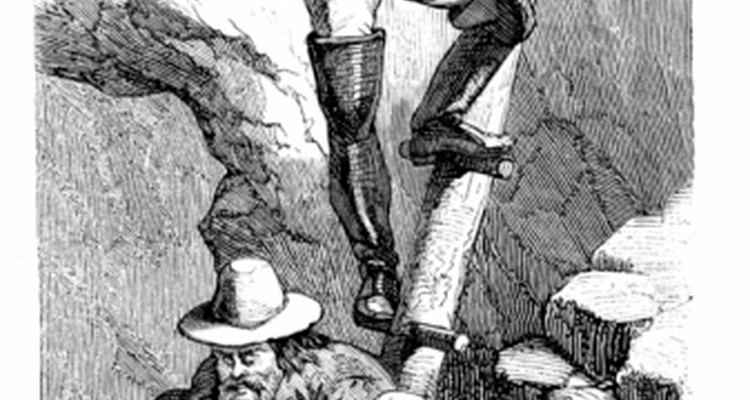
With the discovery of gold in 1848, eager fortune hunters from all over the world descended upon California during the 1850s. Gold mining was demanding work and the miners needed durable clothing to withstand the rough conditions and exposure to the harsh weather. The miners also had to save their earnings to purchase new clothing as their old clothes wore out. Clothing merchants usually made more profit than the miners did as the demand for clothing and goods rose during the height of the Gold Rush.
Undergarments
Underwear bottoms consisted of either short or long drawers, buttoned at the fly and cinched with a back belt. The undershirt was usually a Henley-type style of shirt and made of wool. Miners often worked in their undershirts, but covered up when going to town or in the presence of a female.
Shirts
Everyday shirts came in variety of materials: linen, cotton, cotton flannel, wool or in a linen-wool blend, known as linsey-woolsey. The shirts were often worn in layers, especially during the cold months. Red and blue were popular solid colors, and the miners also favored striped or checked shirts. Shirtsleeves were often rolled up during work. White was the preferred color for dress shirts. The miners washed these shirts in boiling water and then heavily starched them. More expensive shirts might have a placket-front closure, trimmed with fancy embroidery or pleats.
Trousers
Cloth suspenders buttoned at the waist held up loose-fitting trousers made of heavy-duty cotton, wool, corduroy or canvas. The front was either fastened by a button flap or a concealed button-fly. Sometimes an outer pouch pocket was attached to the front, next to the fly. For dressier occasions, men wore pants that fit at the waist, but they still wore fancy suspenders to hold them up.
Outerwear
Gold Rush-era men often wore double-breasted vests with shawl collars made of plain cotton, wool, silk or leather. The vests could be plain or embellished with fancy embroidery or brocade. Loose-fitting, oversized coats called “sack coats” were popular at the time. Frock coats had a more fitted look and were slightly flared at the bottom. Oil-cloth duster coats protected the men from the elements.
Footwear
For Gold Rush miners who waded in the streams while panning for gold, rubber boots or “waders” that curved over their knees were essential to keep their feet dry. Plain leather boots were also worn and were more affordable, but these did not provide as much protection as the waterproofed waders did. Dress shoes were usually an oxford type of shoe or ankle-high boots.
Accessories
A large kerchief, often knotted around the neck, was necessary for a miner to wipe his brow while working. Flat-crowned, wide felt hats protected the miners from the scorching sun during the summer months. They were often light colored, to reflect the sun off the miner’s face. For more formal occasions, men wore a silk top hat, Panama hat or a molded soft felt hat.
Related Articles
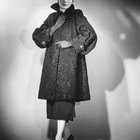
1958 Men's and Women's Dress Styles
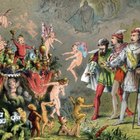
What Did Men Wear During the ...

Men's Fashion in the 1890s

What Teenagers Wore in the 1940s

What Did Men Wear in the '50s?

Men's Clothes & Styles in the 1920s & ...

High Heels in the 1950s

What Do Women Pirates Wear?
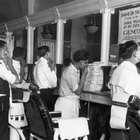
Men's Fashion of the 1930s

Irish Clothes of 1850
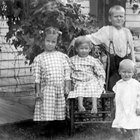
Children's Clothes in 1915
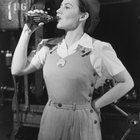
Women's Clothes in 1943
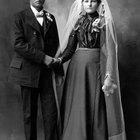
Farmer's Wife's Clothes in the 1800s

What Type of Shirt to Wear With a ...
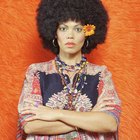
Clothes Worn in the Seventies

A Description of What the Puritans Wore
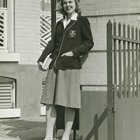
School Uniforms in the 1940s

How Did Men Dress in the 1960s?
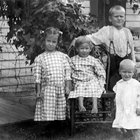
Children's Clothing From the 1920s
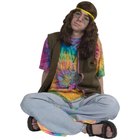
How Did Teenagers Dress in the '60s & ...
Writer Bio
Based in Fresno, Calif., Ruth Lang has written genealogy-related articles since 2001. She is a certified genealogist with articles published in “The Fresno Historical Society Grapevine” and the “Southwestern Oral History Association Newsletter." Her areas of expertise also include travel and the performing arts. Lang holds a Bachelor of Arts in theater arts from California State University, Fresno.
Photo Credits
Photos.com/Photos.com/Getty Images